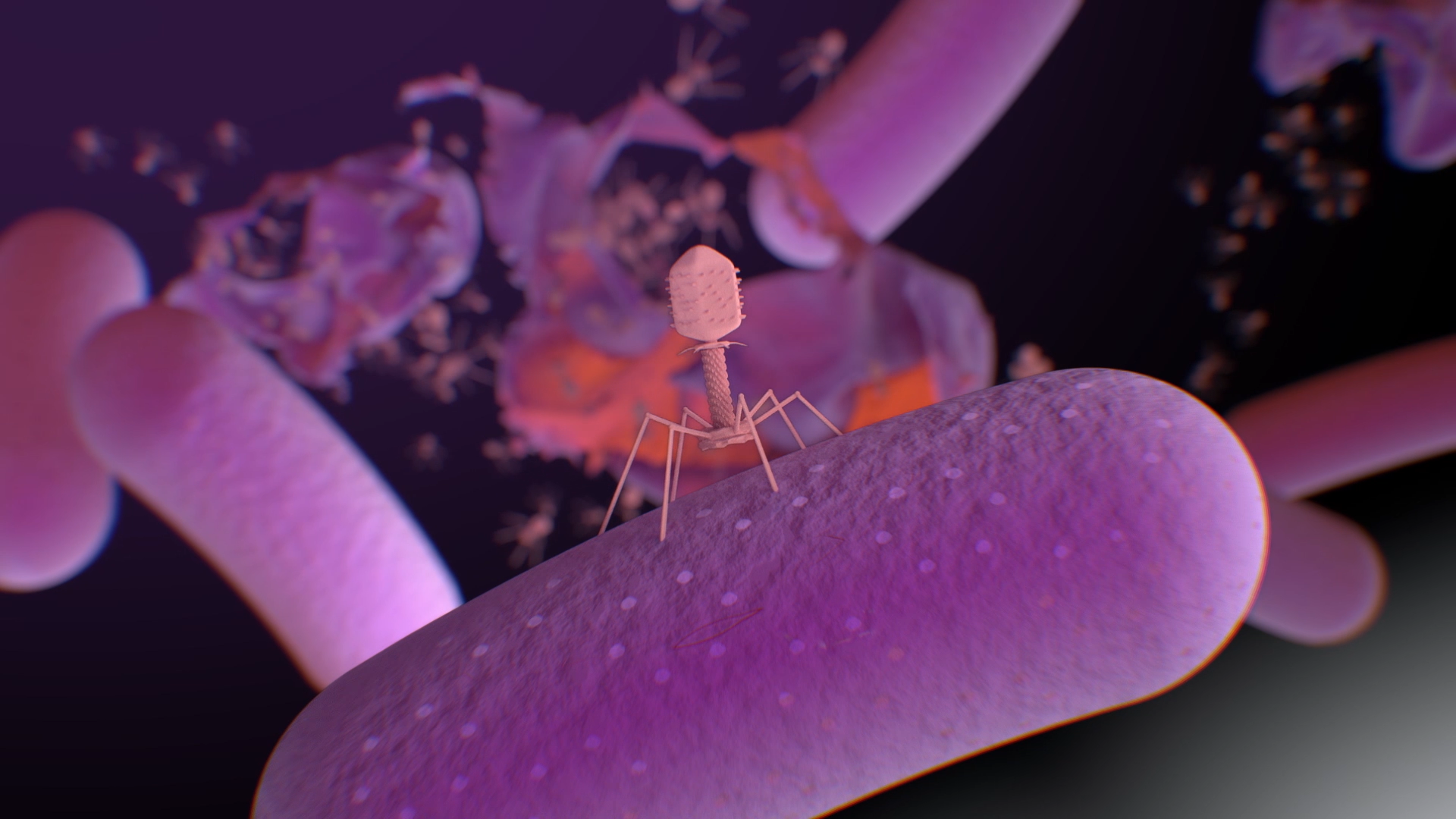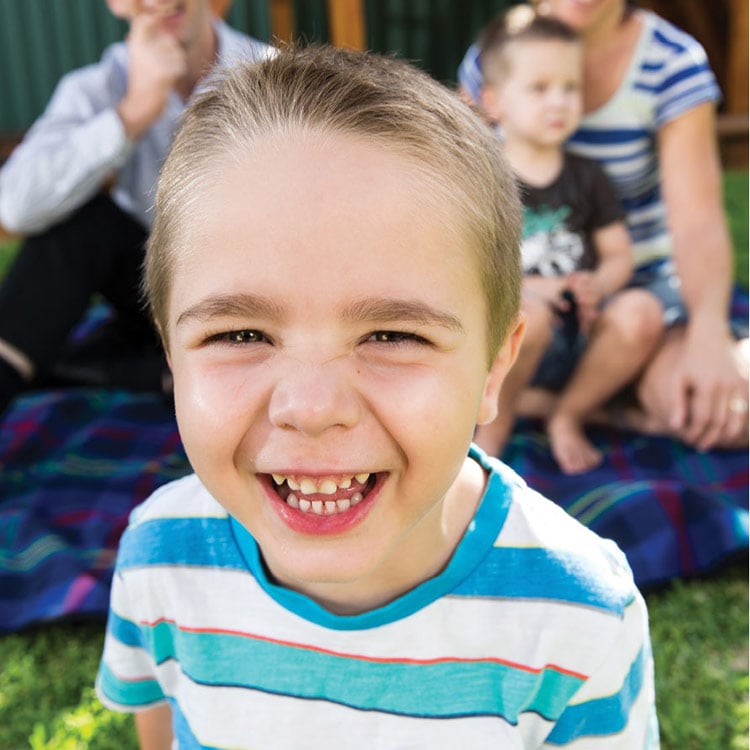Search

Conditionally reprogrammed primary airway epithelial cells maintain morphology, lineage and disease specific functional characteristics The study of

Parental Experience of Information and Education Processes Following Diagnosis of Their Infant With Cystic Fibrosis Via Newborn Screening. Abstract

The clinical significance of oropharyngeal cultures in young children with cystic fibrosis ABSTRACT In children with cystic fibrosis (CF) the

Meet the team at Phage WA, who are working to tackle antimicrobial resistance (AMR) through phage therapy.
We’ve compiled some useful messages, digital assets and sample posts to help you promote Beacon.

You are so valuable to us! Not only can you help fund our research into what makes kids healthy and happy, but you can also raise awareness of how important that work is.

Thanks for your interest in fundraising for Telethon Kids

Meet the Friends of the Institute, a very impactful group of volunteers whose Friend-raising efforts have supported The Kids for more than 25 years.

At 6 weeks old David was diagnosed as having cystic fibrosis. His parents say that his involvement in research offers them their greatest hope for his future.

Kojonup couple George and Trish Church ensured their legacy of generosity and kindness lived on, by including The Kids in their will. Read more.
